
PC gaming truly shines when a game is designed to take full advantage of the platform. Good PC ports run smoothly on a variety of computers, let you customize the graphics and settings, and work with the controllers and keyboards people prefer. Without these features, even excellent games can feel clunky or unplayable, especially on older or less powerful machines.
This list highlights PC game releases that serve as warnings to both developers and players. It covers issues like locked resolutions, poor performance, faulty game launchers, and promised features that were never delivered. For each game, we’ll examine the specific mistakes made and the attempts – through patches or community efforts – to fix them.
Batman: Arkham Knight
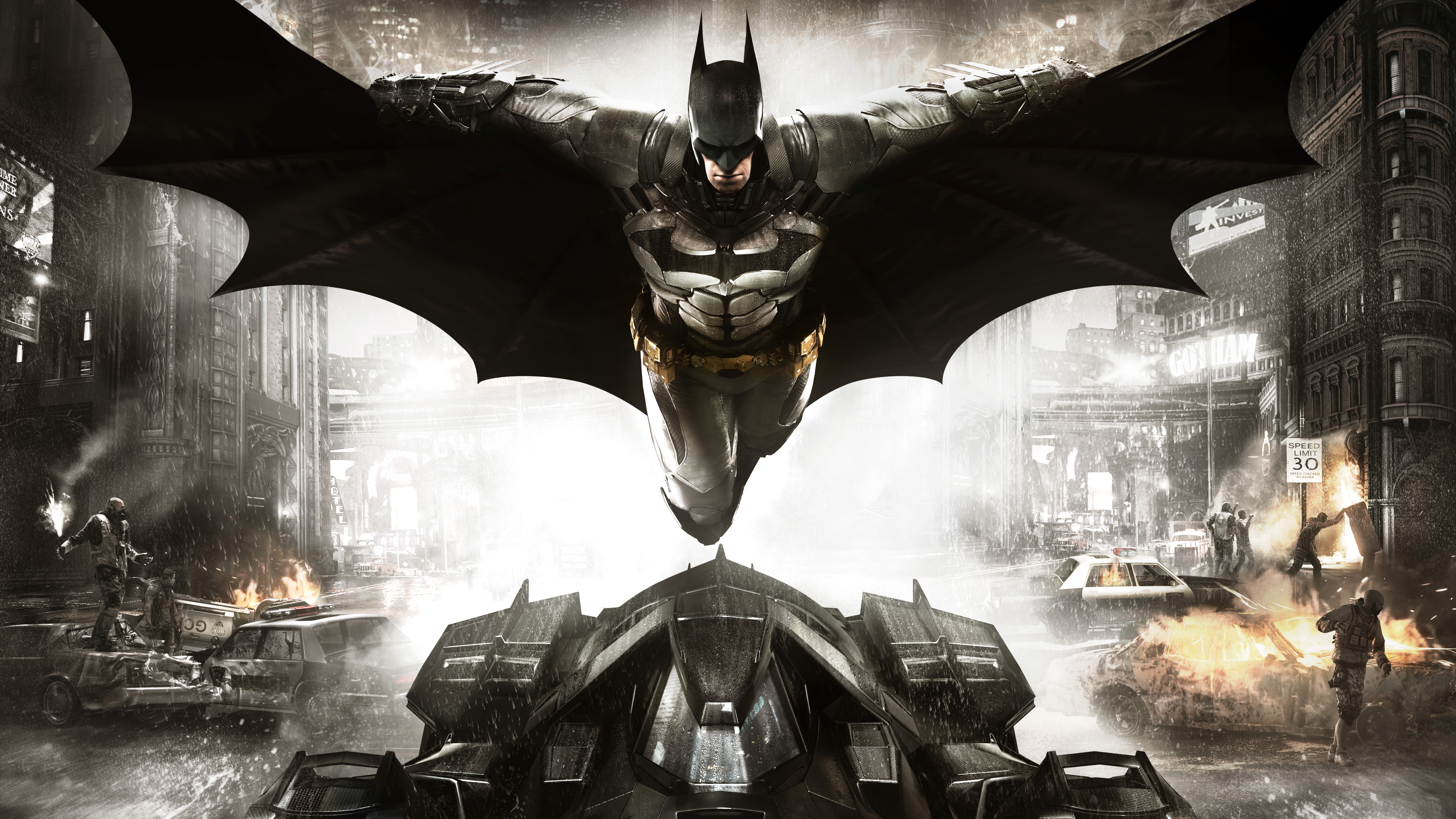
The PC version of the game launched with significant performance issues. Players experienced frequent stuttering, especially in open environments and while driving the Batmobile. Problems with how the game used memory and inconsistent frame rates made the game feel choppy, even if the displayed frame rate seemed stable. Additionally, some visual settings were limited at launch, and the game capped the frame rate at 30 frames per second in certain situations, requiring players to manually adjust settings to improve performance.
The game launched with so many performance issues that it was quickly removed from sale on PC. It only returned after several updates, but problems continued for players with different computer setups. Specifically, players complained about how rain looked, how textures loaded, and how much video memory the game used. The troubled launch became a well-known example of poor quality assurance and inconsistencies between different platforms.
Dark Souls: Prepare to Die Edition
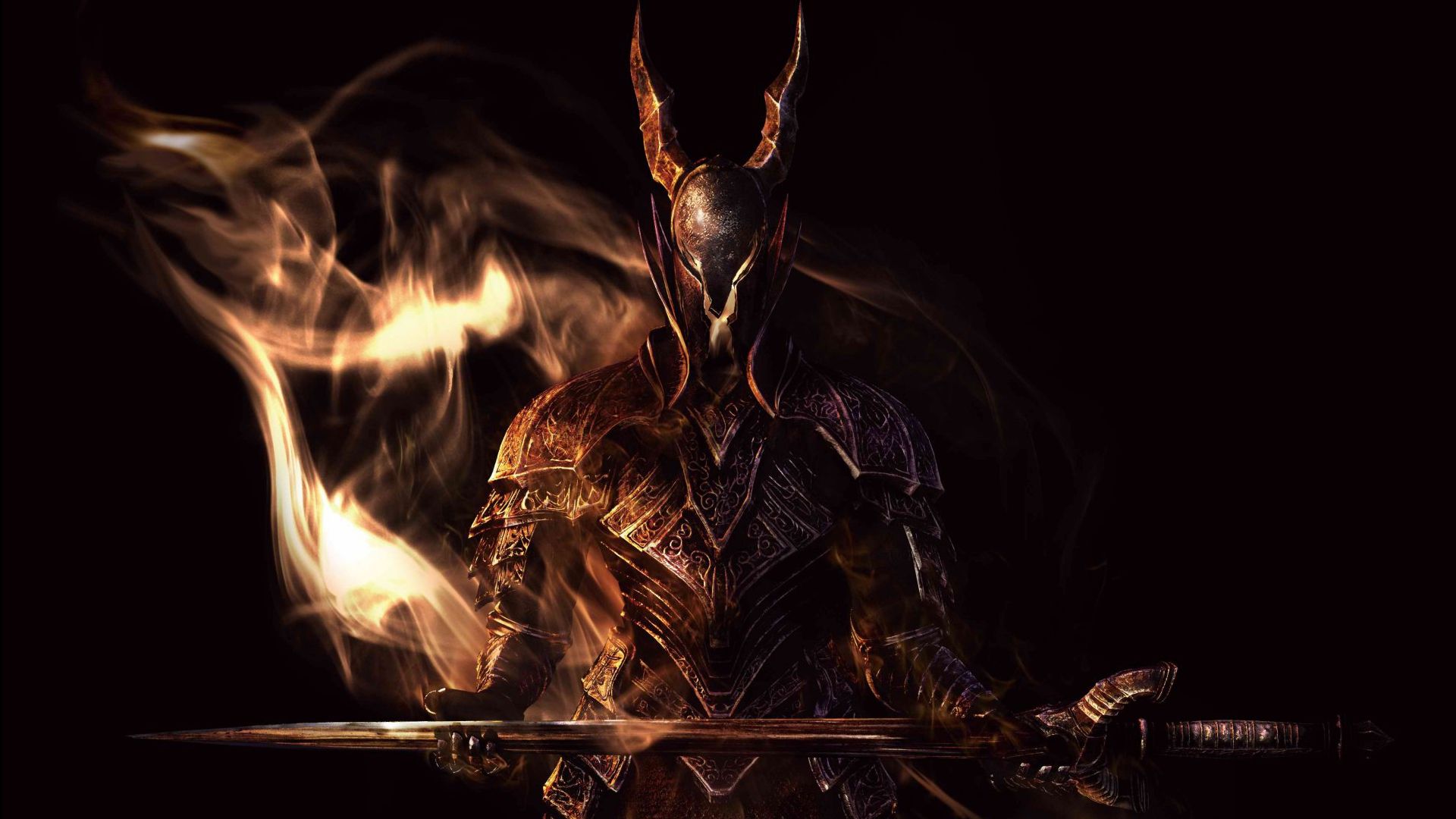
The game originally ran at a fixed resolution of 1024×720 and was limited to 30 frames per second, which affected how realistically physics and animations worked. Trying to increase the frame rate using outside programs caused glitches. When it first came out, keyboard and mouse controls were limited, and the game was designed primarily for use with a controller.
The original PC version of the game required Games for Windows Live, which caused problems with accounts and saving progress. Players created an unofficial fix to improve graphics and controls, but this fix wasn’t officially supported and could break with game updates. A later remastered version fixed these issues, clearly showing how much the initial PC port lacked essential features.
Grand Theft Auto IV
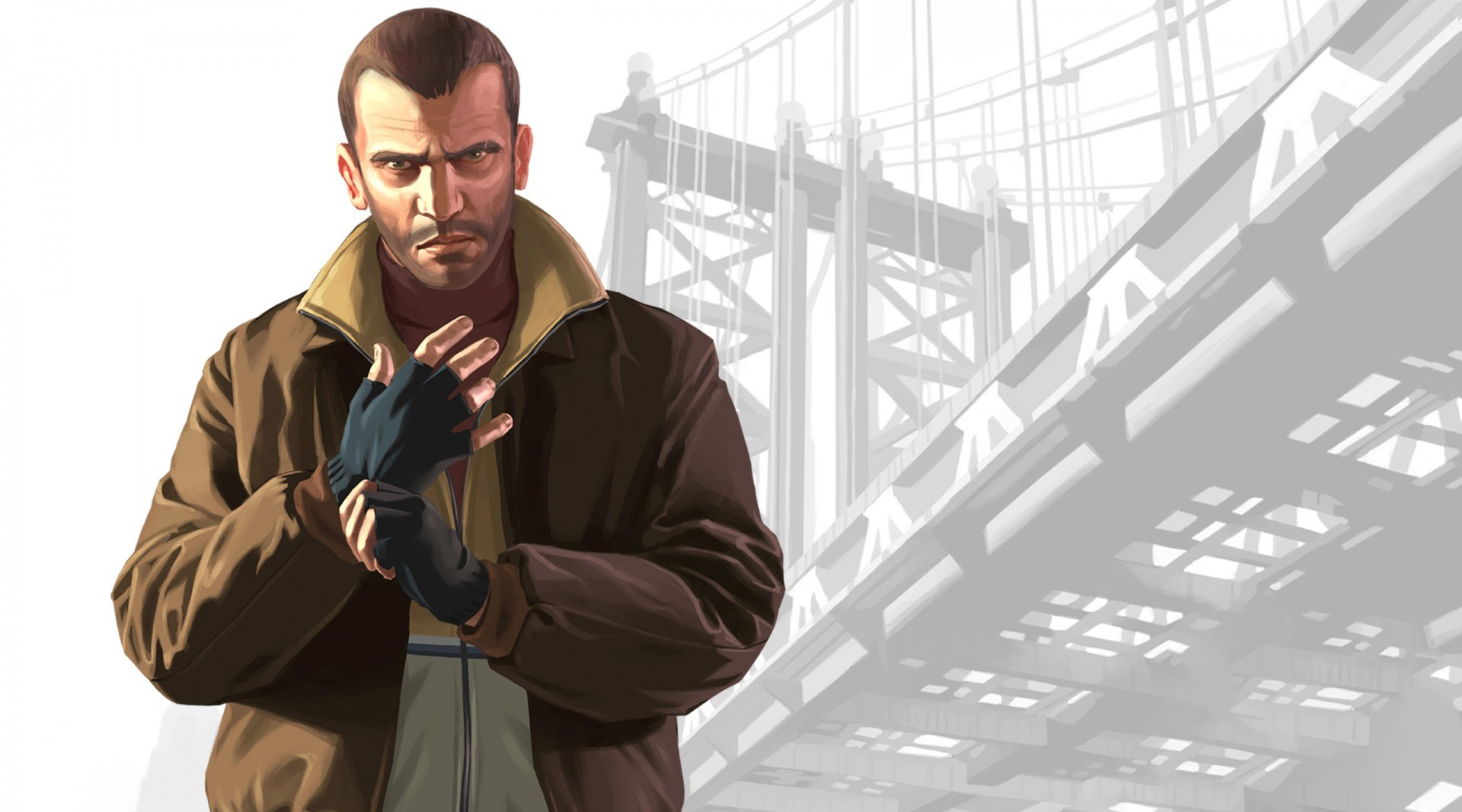
When the game first came out on PC, it was a real struggle! It needed a seriously powerful processor, and even then, getting a smooth experience was tough. The graphics settings were a mess – you could crank things up so high they’d overwhelm most computers, causing crashes or just really bad performance. Plus, you *had* to have both Rockstar Social Club *and* Games for Windows Live installed just to play, which was a huge pain before you even got into the game itself!
While updates fixed bugs and simplified account access, the game’s performance was still unpredictable. Players with high-end computers often experienced lag in crowded parts of Liberty City, and the game didn’t always utilize different graphics cards effectively. Getting the game to run smoothly required a lot of frustrating tweaking, even with basic settings.
Saints Row 2
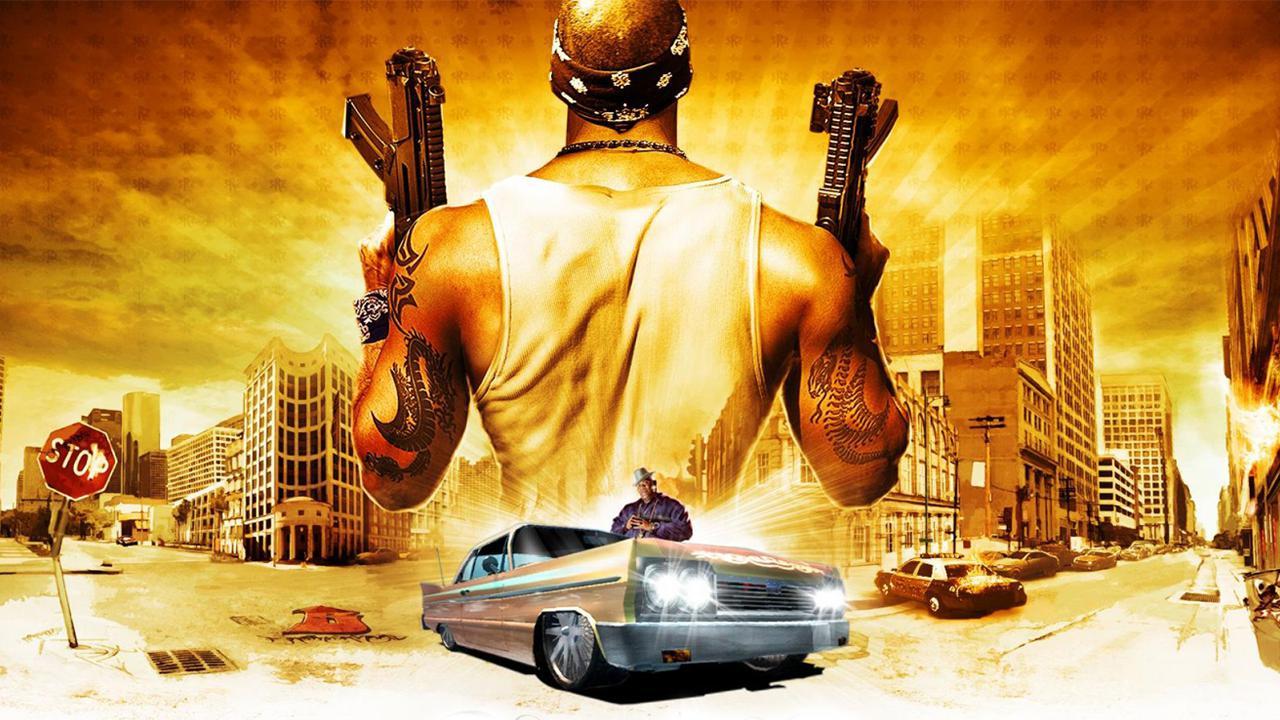
The original PC release was limited to 30 frames per second, and trying to increase this caused issues with the game’s events and physics. The game’s performance was inconsistent across different computers, and players experienced problems with sound not matching the action on screen, as well as difficulties with controls. Unfortunately, the game’s settings didn’t allow players to resolve these issues themselves.
Fans created their own fixes to improve the game’s performance, fix bugs, and bring back lost features. However, even with these improvements, it was still hard to recommend the official version because getting a consistent experience required specific unofficial fixes. This highlighted how important it is for the game to properly support different PC setups and timing configurations from the start.
Resident Evil 4
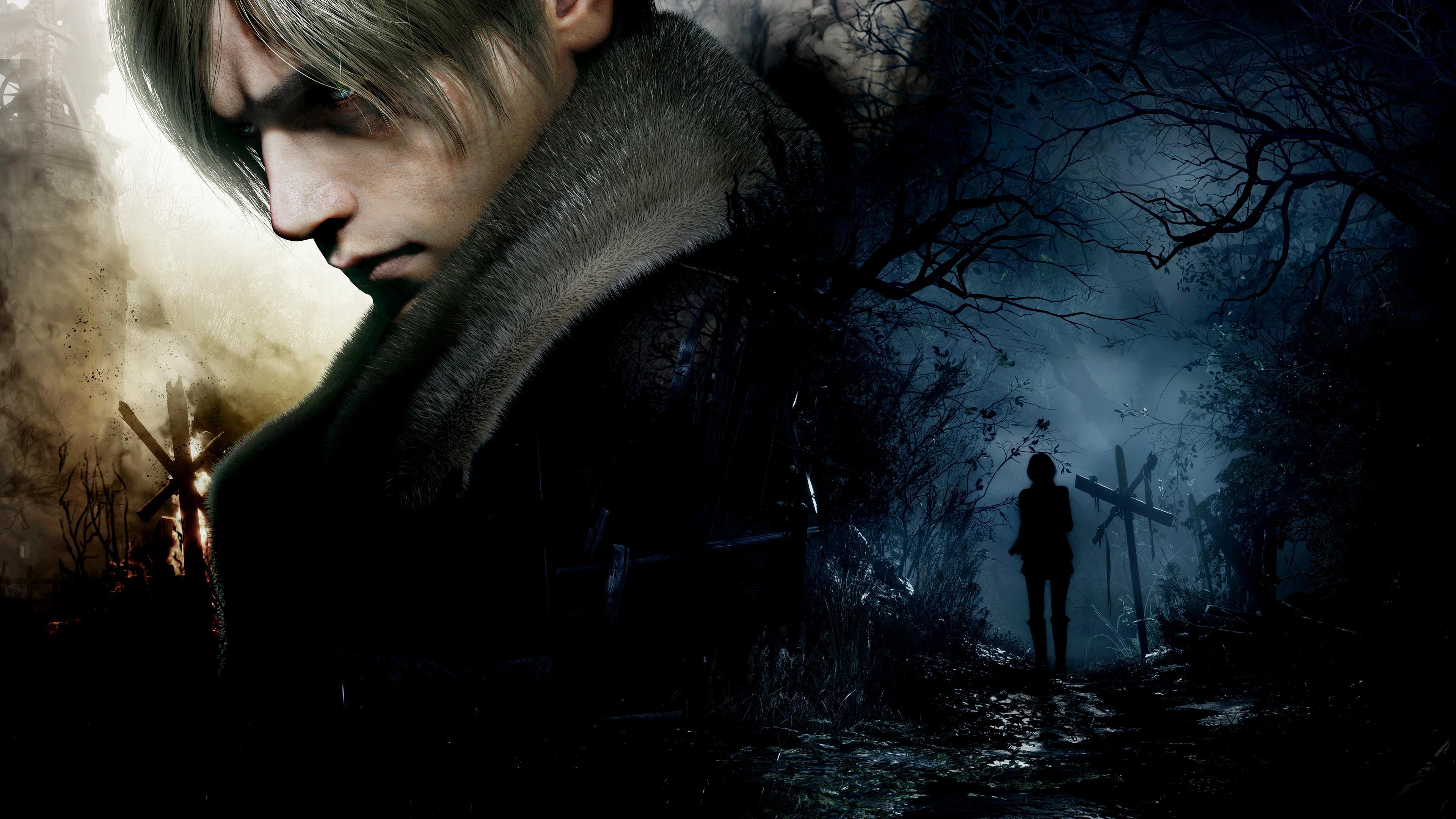
When the game was first released on PC, it was missing several visual features found in the console version, like realistic lighting and some visual effects. The mouse controls didn’t work well, and some actions still asked players to use a controller instead of the keyboard. The game’s settings also didn’t give players much control over the picture quality, such as resolution and smoothing.
While a later update improved the graphics and controls, the initial PC version was quite basic. Players often used fan-made enhancements to get the game looking and playing as intended. This highlighted how crucial it is to maintain the original look and feel when bringing a game to PC.
Mortal Kombat X
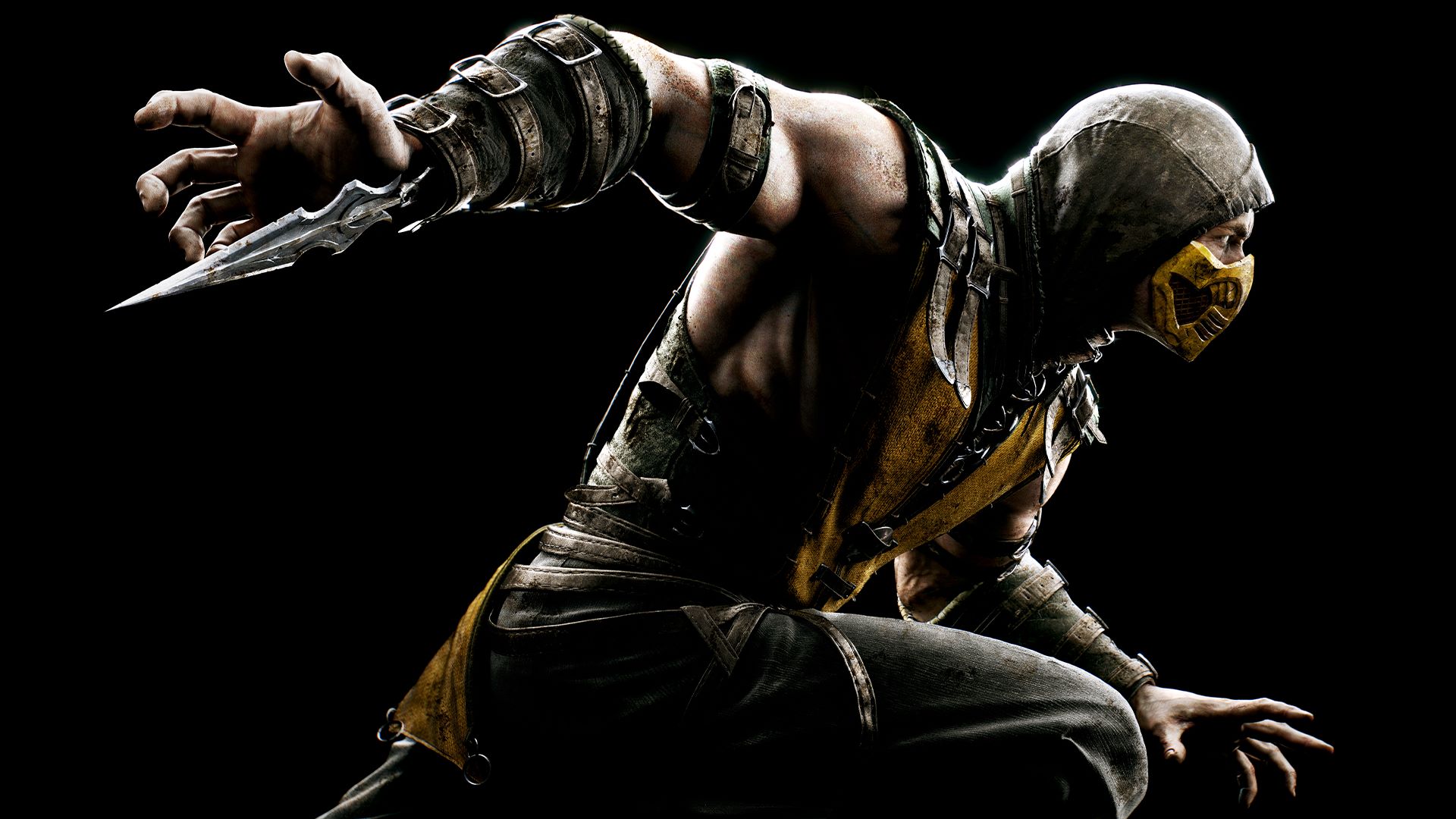
Players on PCs experienced a lot of crashes and unstable online gameplay, particularly when the game first launched. Adding new content was also troublesome; large updates often had to be downloaded again or wouldn’t install correctly, preventing players from enjoying new characters and features. The game’s initial online system frequently disconnected and caused noticeable delays between player actions and the game’s response.
The game received updates that boosted its online performance and fixed stability issues, but PC players didn’t get these improvements as quickly as those on other systems. For a while, some updates were even missed on PC entirely. This meant early adopters on PC had to wait a long time to catch up and receive regular fixes, which unfortunately damaged the game’s reputation among PC gamers.
Nier: Automata
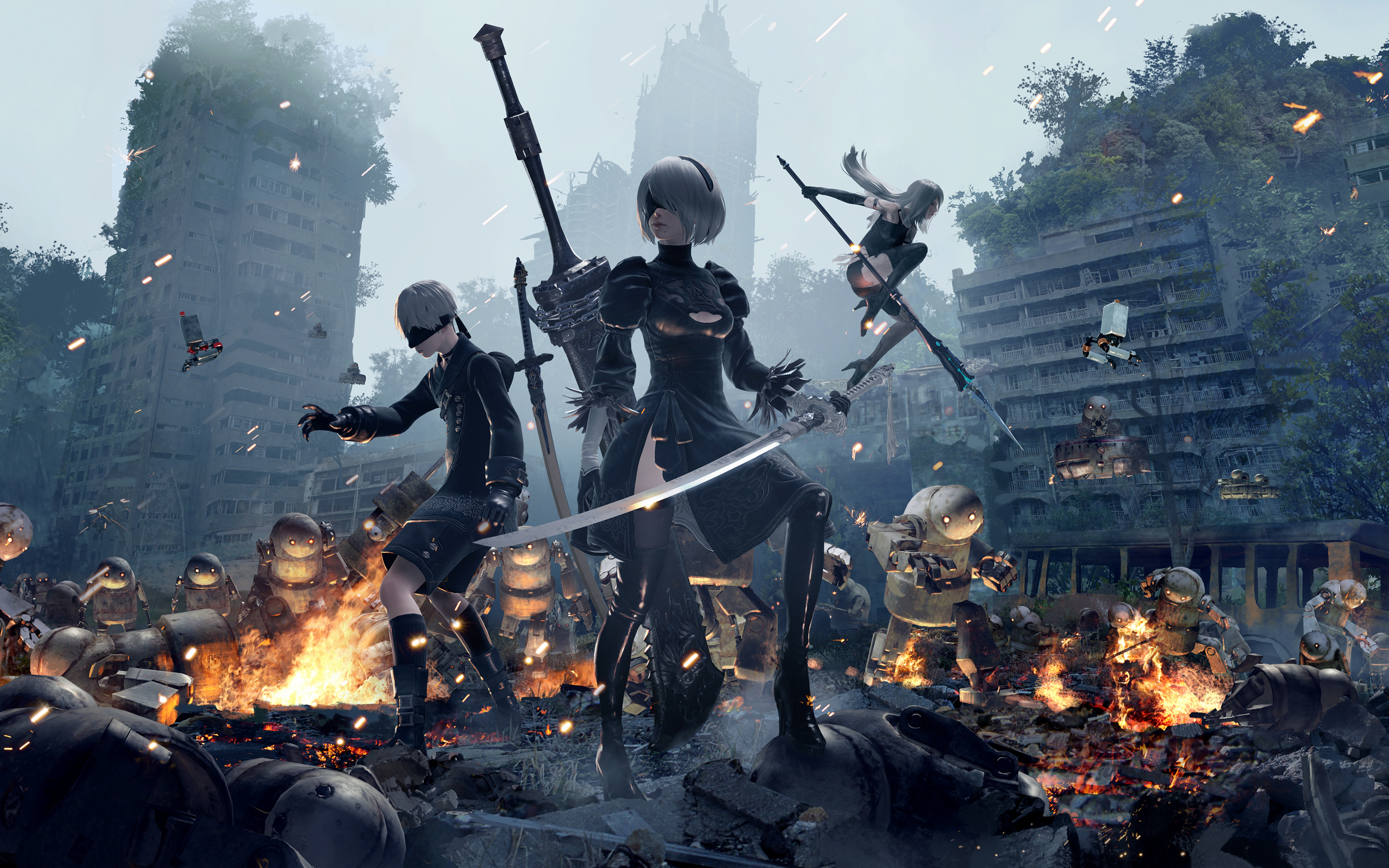
The PC release of the game initially had some technical problems. Players experienced issues with how the game scaled to different screen resolutions, particularly when playing in borderless fullscreen mode. Performance was also inconsistent in certain areas of the game, and it took a while for the developers to release official fixes. Additionally, some players struggled with incorrect aspect ratios and screen tearing, and the game’s settings didn’t offer simple solutions to these problems.
Eventually, an official update fixed several problems that had bothered players for a long time. However, for years, players relied on a fix created by the community to get the game running smoothly and looking right. This community fix essentially became the standard advice for new players. Ultimately, this situation demonstrated that how quickly a game receives support after launch can be just as important as its initial quality.
Final Fantasy XIII
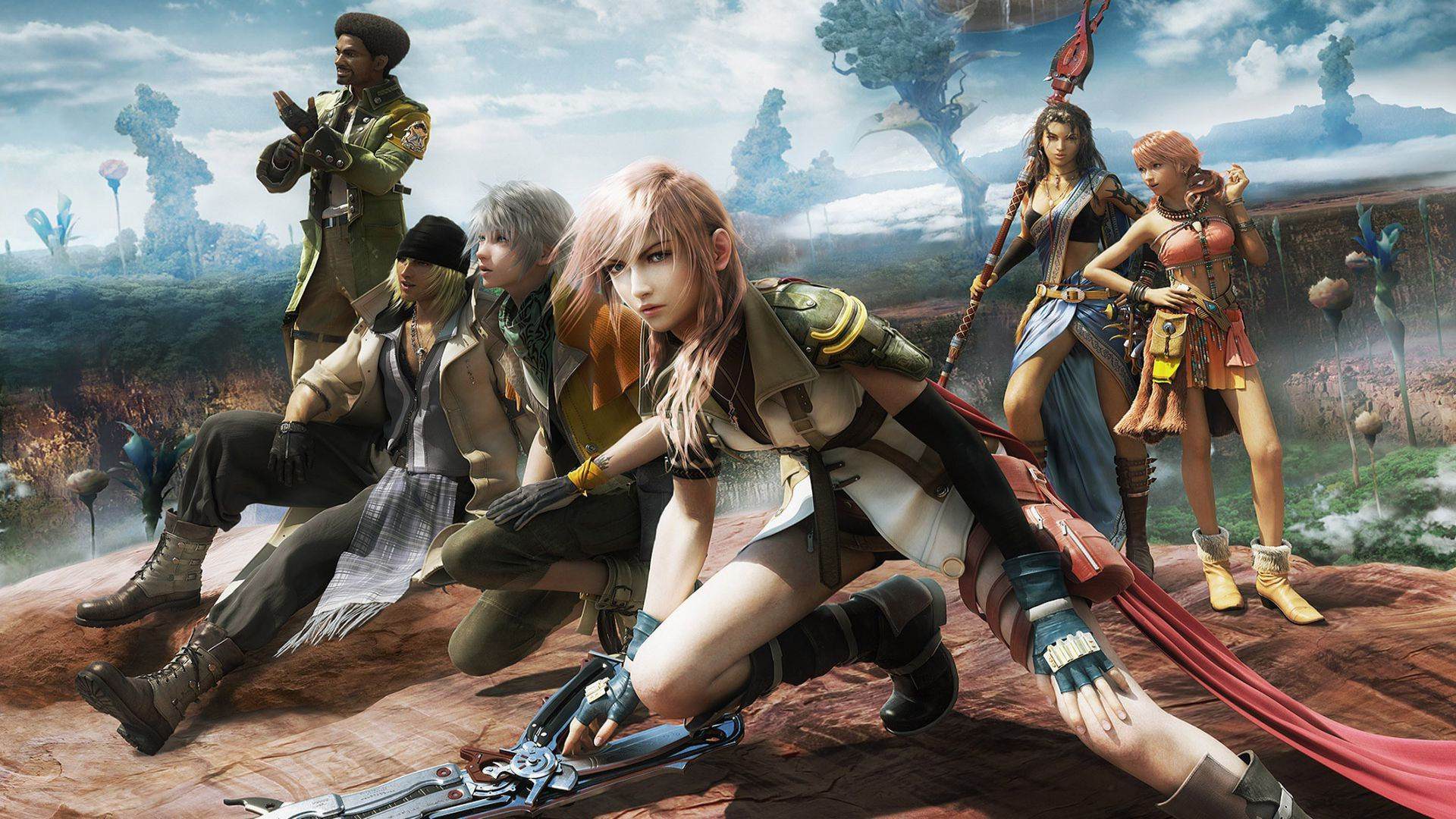
When the game first launched, it was limited to a resolution of 1280×720 and didn’t offer many ways to adjust the graphics. Important visual settings like anti-aliasing, shadow detail, and texture quality weren’t available in the game’s settings, so players had to use separate programs to tweak them. The in-game videos also looked blurry on today’s high-resolution screens because they were made at a low resolution.
While a later update added some display settings and fixed technical issues, the game still lacked features and customization options. Players often relied on fan-made tools to push the graphics beyond the new limits and get better controller support. The release highlighted just how important it is for PC games to have thorough settings available from the start.
Tales of Symphonia
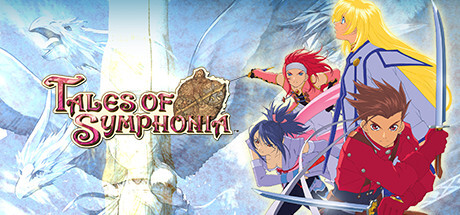
The initial PC version aimed for 30 frames per second but experienced frustrating stuttering and delays between player actions and on-screen responses. It also required a constant internet connection, which sometimes caused performance issues and crashes. The graphics were uneven, and some textures actually looked lower quality than in previous releases.
Players found ways to improve the game’s performance, fixing issues with smoothness, graphics, and controls, but official updates were slow to arrive. Even with these community-made improvements, the game still had some problems, like difficulties with windowed mode and switching between the game and other applications. Getting the game running well required more effort and troubleshooting than most players would prefer.
Chrono Trigger
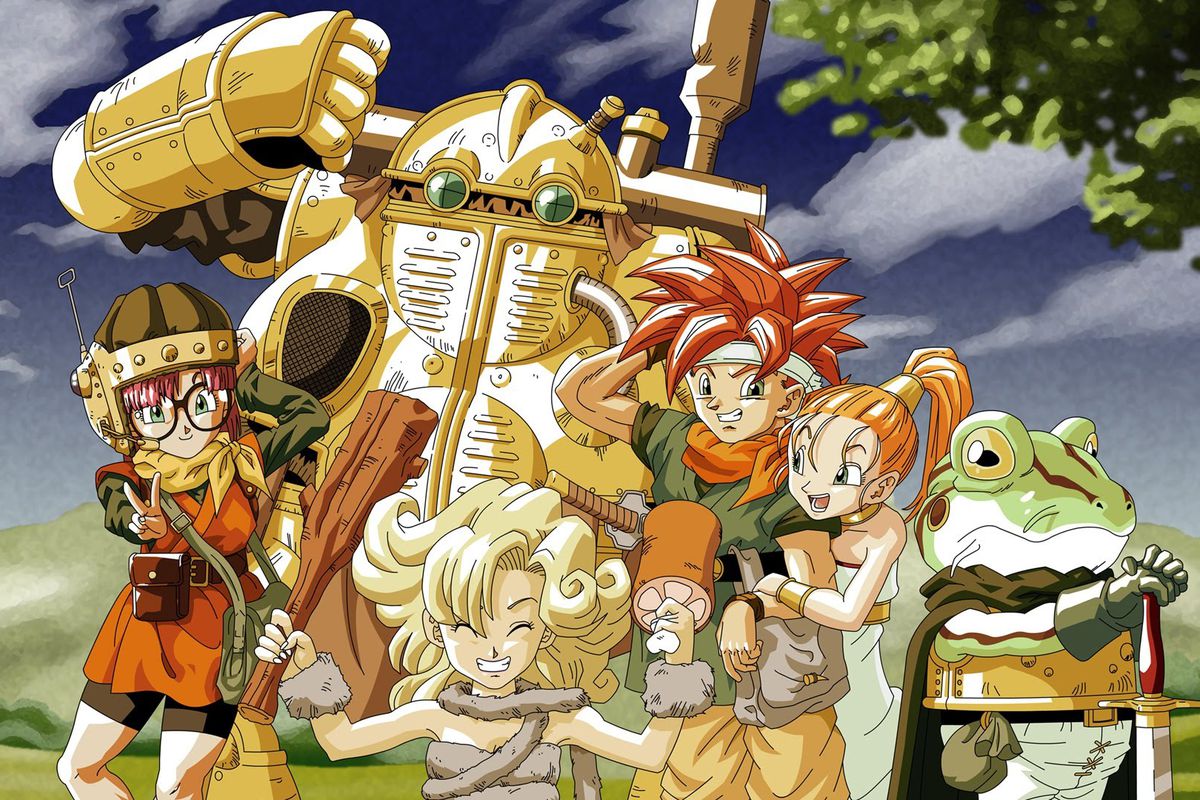
The first version for PCs used interface designs from the mobile game, which didn’t work well with keyboards, mice, or controllers. The text and images looked blurry and awkward on a computer screen, and the game lacked detailed visual options. Some effects also appeared less sharp than in older versions.
Over several months, updates were released to refine the user interface, offer more visual customization, and bring back popular classic settings. Though the game eventually became much more enjoyable, players who purchased it early had to wait for these improvements. This process highlighted the importance of designing a user interface specifically for each platform right from the beginning.
The Last of Us Part I
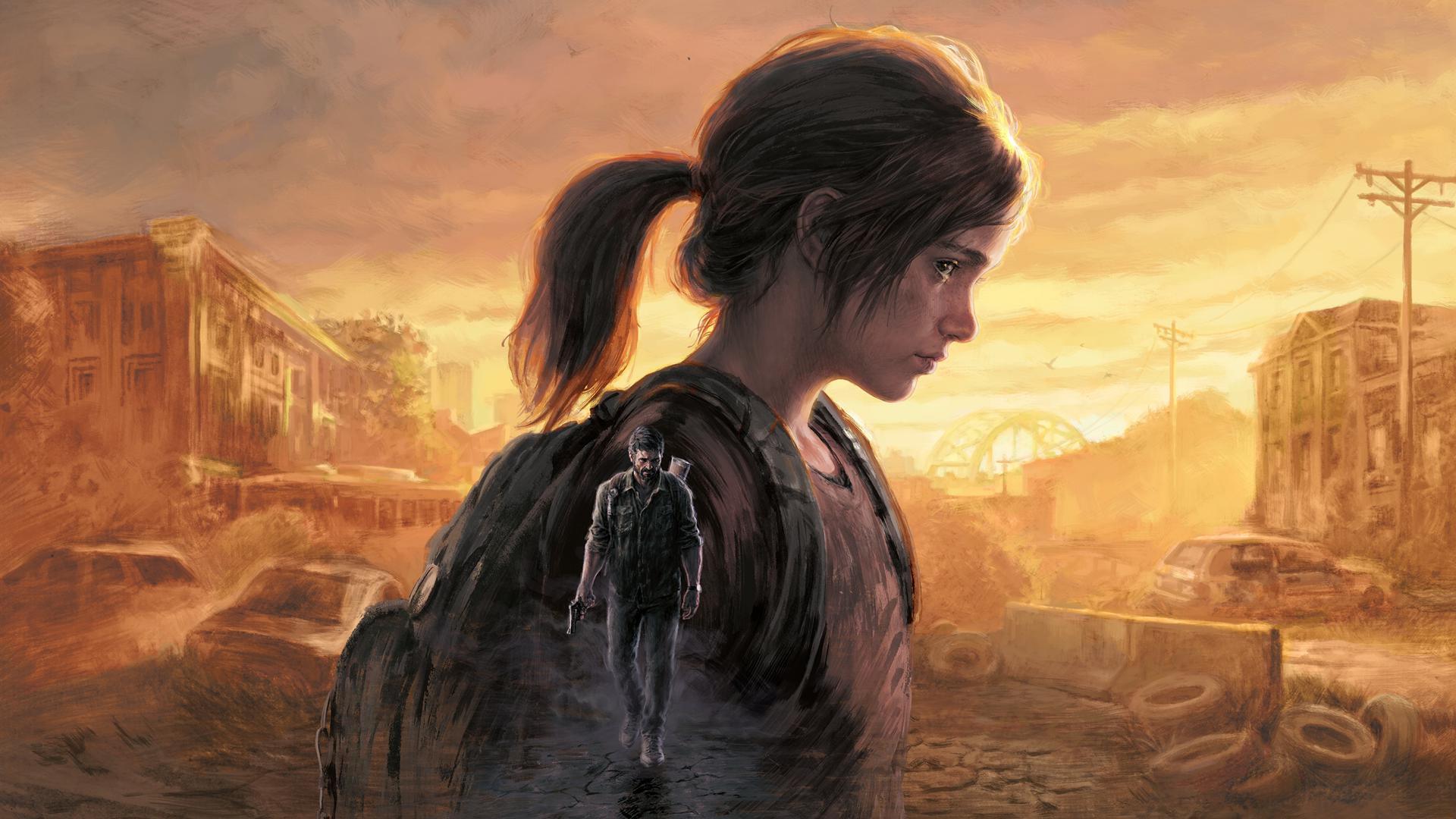
When the game first released on PC, players experienced long loading times while the game prepared its graphics. During gameplay, some users noticed stuttering as graphics loaded, and there were reports of the game using increasing amounts of memory, which led to crashes. Additionally, the game sometimes put a heavy load on the computer’s processor, and performance varied even between similar graphics cards.
While updates eventually improved performance and fixed bugs, the game initially launched with frequent crashes and slow loading times. This experience emphasized how crucial pre-prepared graphics and thorough testing with different computer components are. Players who waited for later updates had a much smoother experience, but those who started playing right away faced a lot of technical issues.
Star Wars Jedi: Survivor
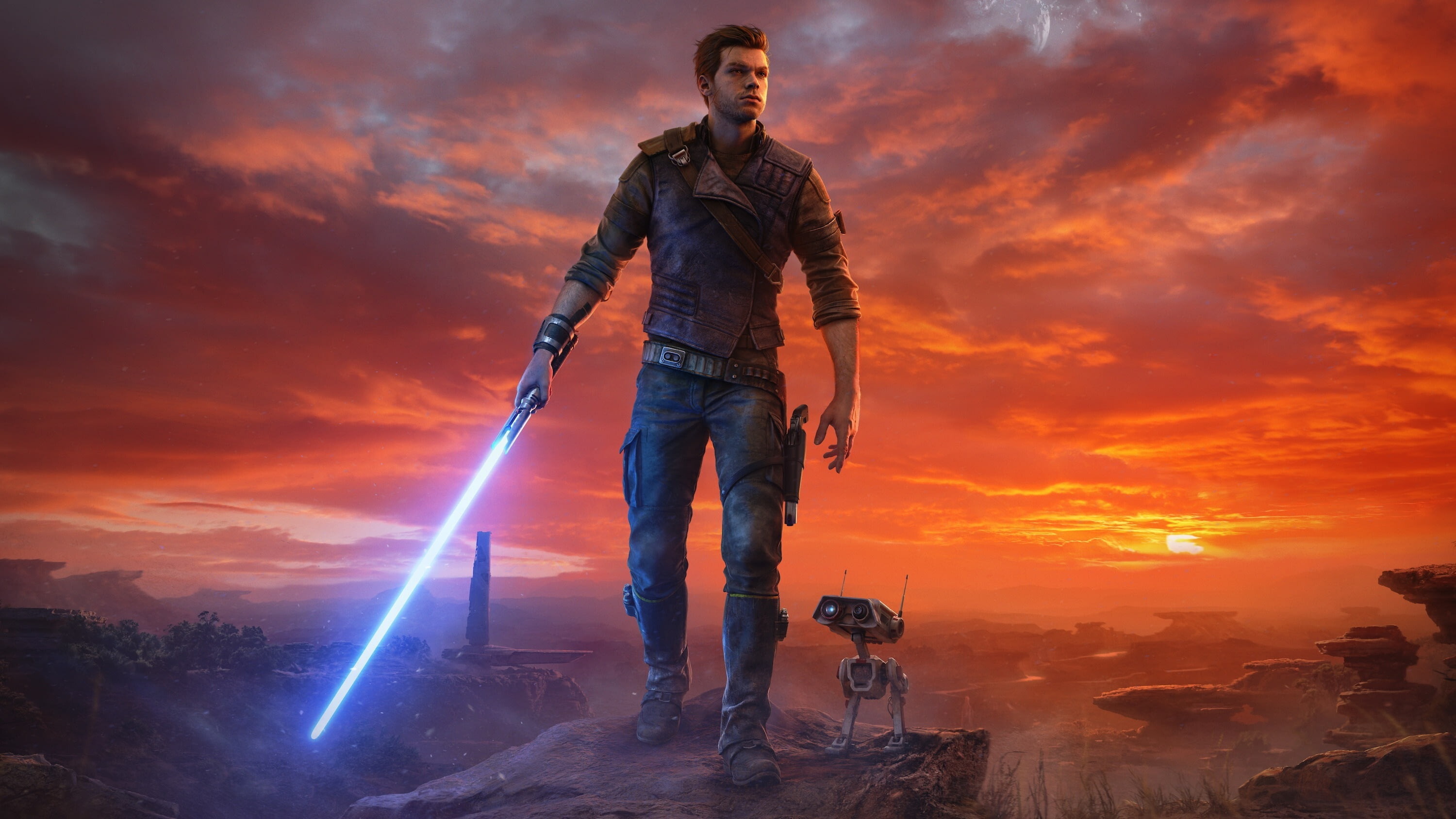
Despite using powerful components, the computer build experienced performance issues, including noticeable frame rate drops in crowded areas and while moving around. Players reported the processor wasn’t being used efficiently and that the graphics card didn’t always perform as expected. Even after updates, problems with textures loading and stuttering during movement continued to occur.
So, the devs dropped a performance patch, which was nice, but honestly, this game *still* pushes my rig way harder than it should. They added options for upscaling and turning ray tracing on and off, and that helped a little bit for some people, but it didn’t completely fix the stuttering. What really became clear at launch is just how much this game chugs when you’re running around in the open world, especially if you haven’t tweaked all the PC settings for streaming.
Horizon Zero Dawn
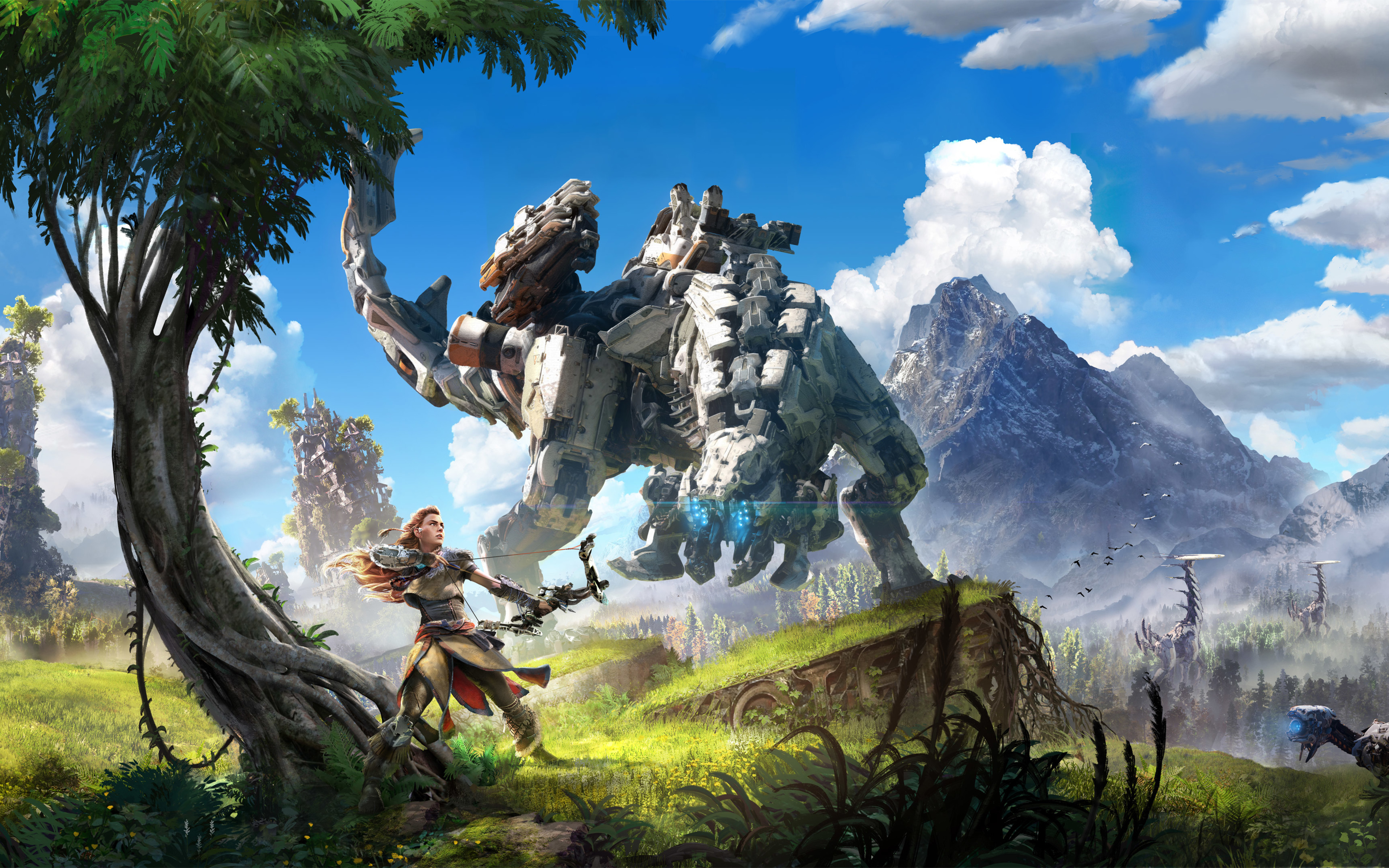
When the game first launched on PC, many players experienced stuttering caused by the game processing graphics and loading assets. It also crashed often, particularly during story scenes and when changing between fullscreen and windowed modes. The settings menu wasn’t very clear about how different options would impact performance, making it difficult to optimize the game.
Later updates fixed performance issues, enhanced graphics, and made it easier to report crashes. Over time, the game became visually impressive for an open-world title on PC, but it took a while to get there. This situation showed that a solid plan for post-release updates can save a game that starts poorly, but it can’t completely erase the negative impact of a bad launch.
Red Dead Redemption 2
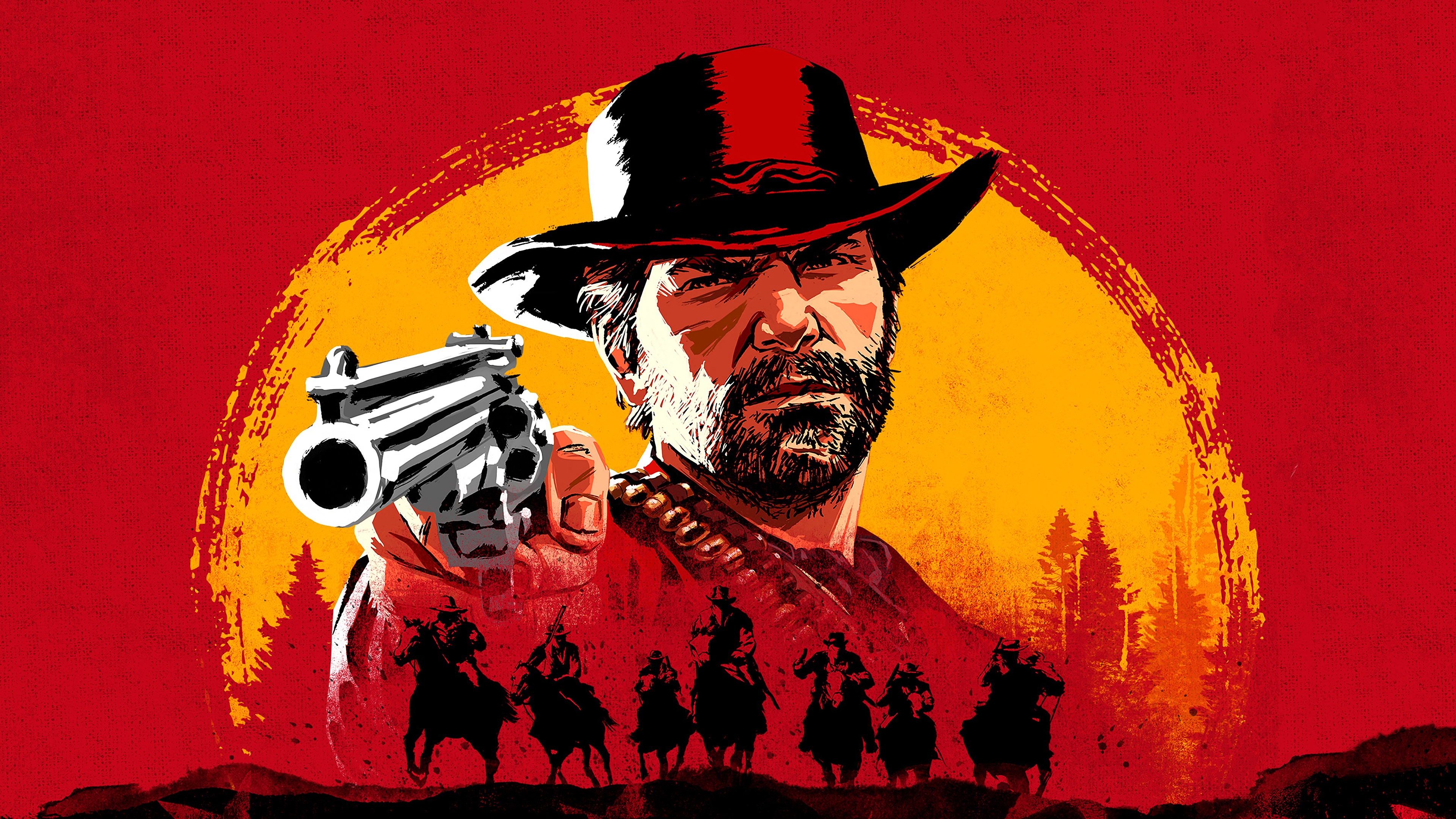
So, day one wasn’t smooth sailing for a lot of us PC gamers. I kept hitting crashes, and it seemed to be linked to the game launcher and choosing between Vulkan and DirectX 12. Plus, the game would really stutter whenever it rained hard or I was in a busy city. It was weird too, because how smoothly it ran seemed to depend on which graphics driver I was using. And honestly, tweaking the advanced settings was a nightmare – it was easy to push my graphics card’s memory too far without the game really telling me what was safe!
So, Rockstar dropped a bunch of updates to fix the launcher and make the game run better on everyone’s setups. But honestly, even after those updates, I still had to mess around with a lot of settings – things like how the game handles things visually and reflections – to get rid of those annoying little freezes. It really felt like you *had* to tweak things specifically for your own computer to get a smooth experience, which was kind of a pain.
Elden Ring
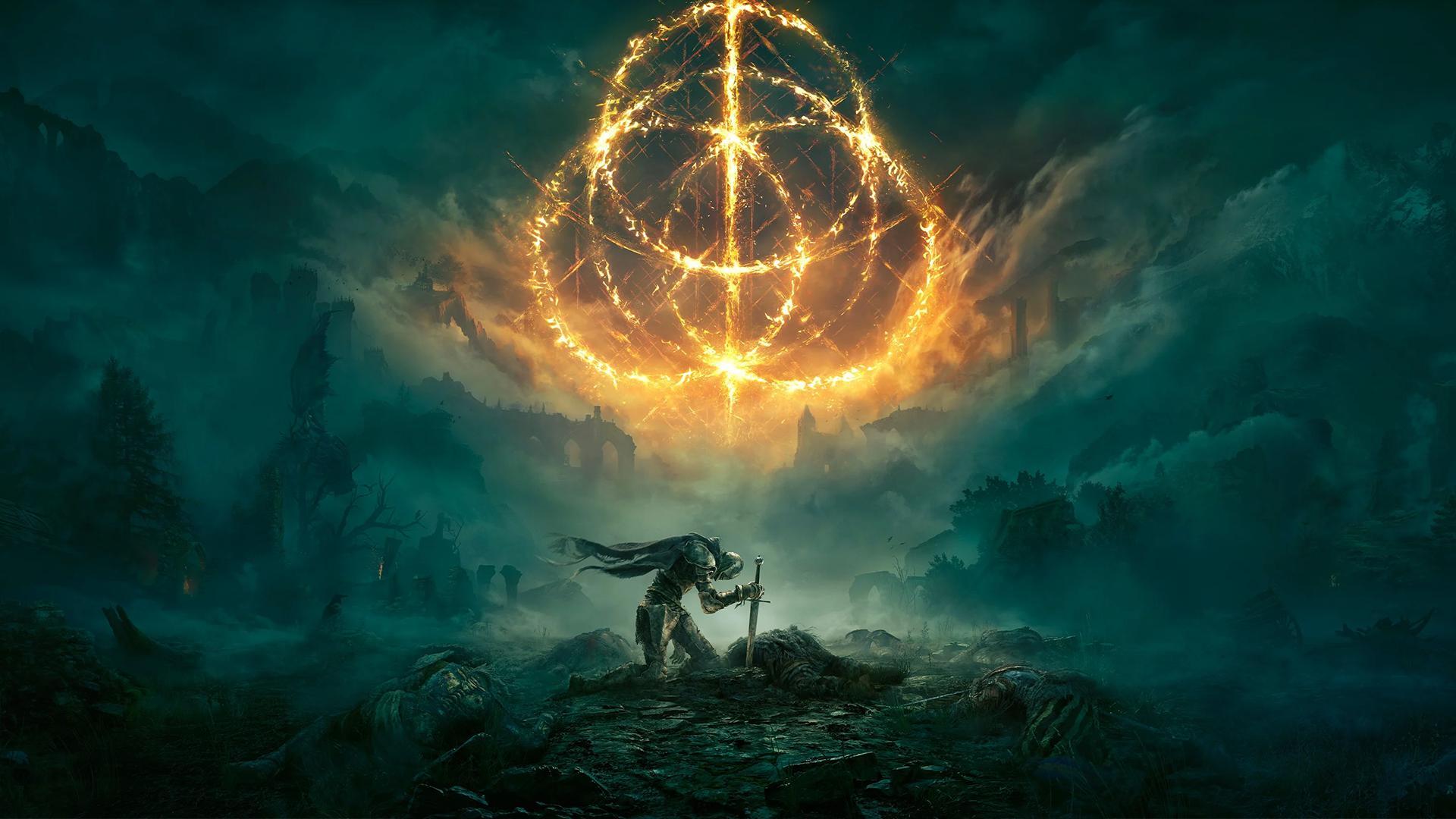
The PC release suffered from noticeable performance problems, particularly stuttering during fights and while exploring. Even when the game hit its target frame rate, inconsistent timing made the gameplay feel choppy. Additionally, the anti-cheat software interfered with commonly used programs like overlays and input customization tools.
The game received updates that improved performance, lessening stuttering and making movement smoother. While driver updates also helped, occasional pauses still occurred when new visual effects loaded, highlighting the importance of how the game handles graphics settings on PCs. Although playable, the initial experience for many players was frequently disrupted by these brief interruptions.
Watch Dogs
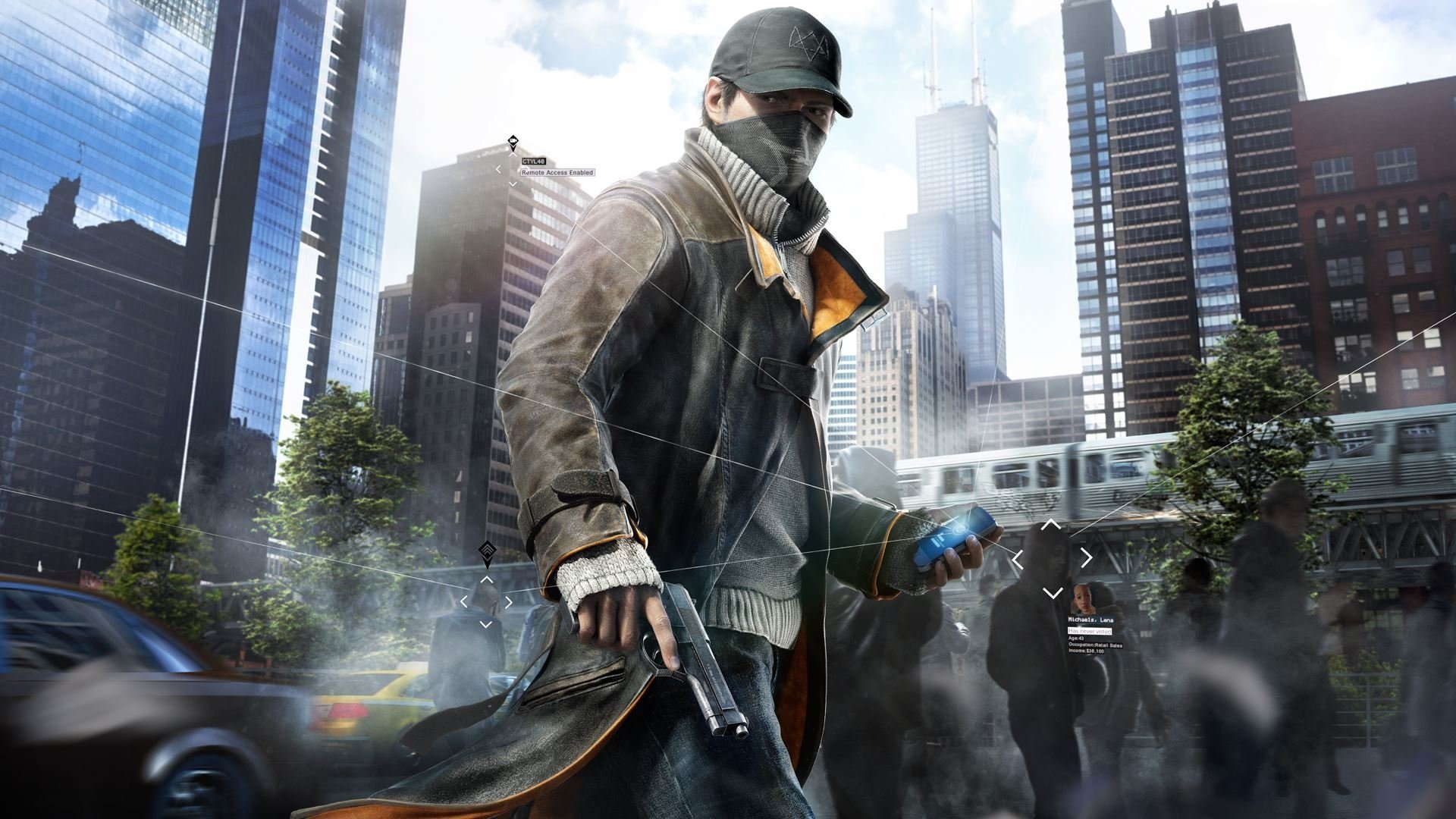
The game had performance issues when it first came out, with noticeable stuttering while exploring the open world and driving. The graphics settings weren’t clearly explained, and some options unexpectedly put a lot of strain on the computer’s processor. Many players also felt the final game didn’t look as good as what was shown in previews.
Players discovered configuration files that fixed some visual glitches and improved how the game loaded data, which helped reduce stuttering. While official updates made the game more stable, they didn’t completely solve the loading issues on all computers. Getting a smooth experience, especially in crowded areas, still required some adjustments and fine-tuning.
Deadly Premonition
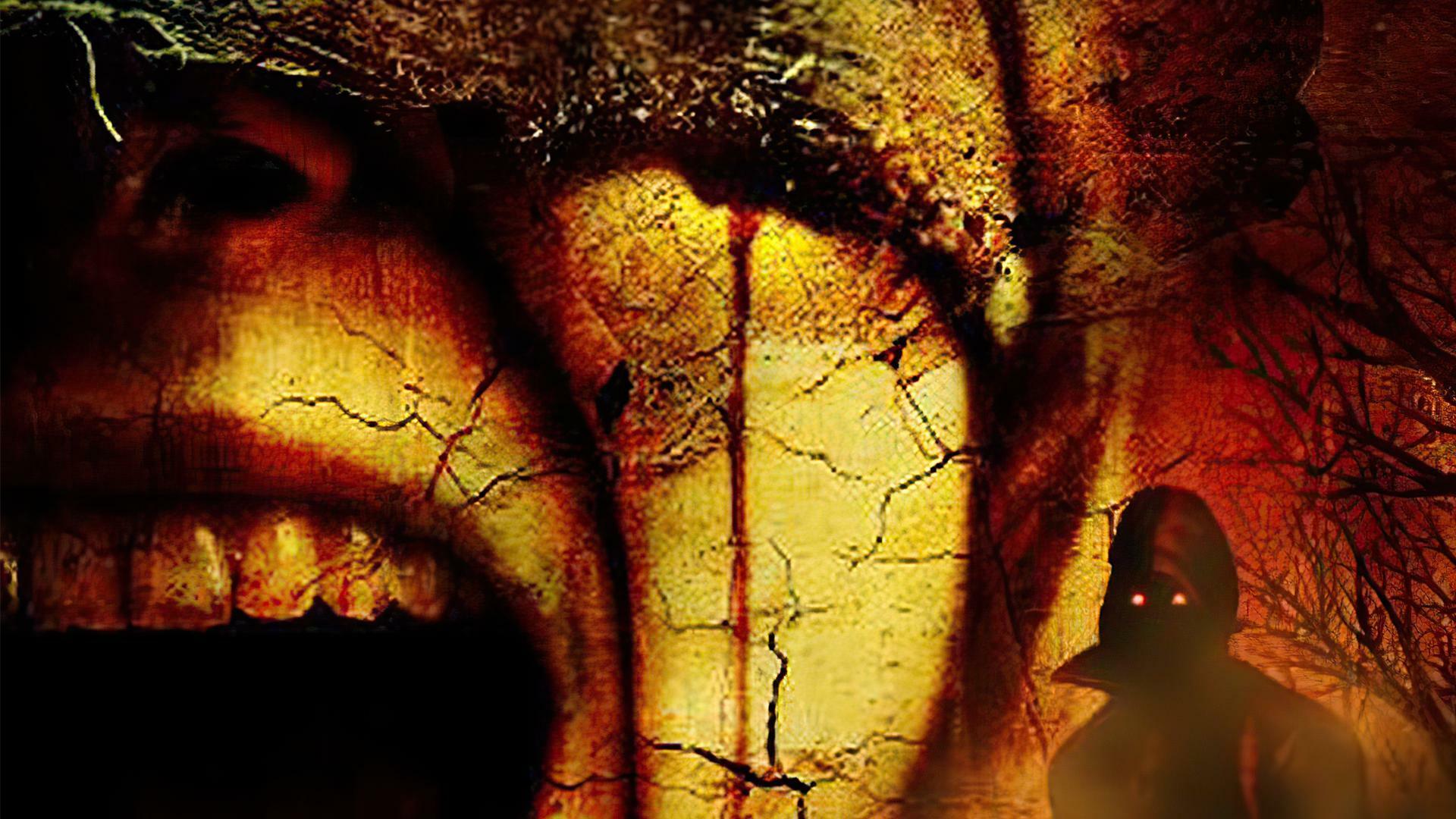
The PC version of the game launched with a locked 720p resolution and few ways to adjust the graphics. Players couldn’t customize the controls much, and the mouse felt difficult to use accurately, leading many to prefer a controller. The game was also unstable, often crashing during certain cutscenes or in specific locations.
As a fan, it was amazing to see people find ways to make the game look and run so much better! They figured out how to unlock higher resolutions and fix a lot of bugs, but it was all a bit fragile. Because the developers weren’t releasing official updates, any new patch could mess up those fan-made improvements until the community jumped in to fix things again. Honestly, it felt like the game was released with the bare minimum effort, and it was up to the modding community to really polish it and make it playable.
Devil May Cry 3 Special Edition
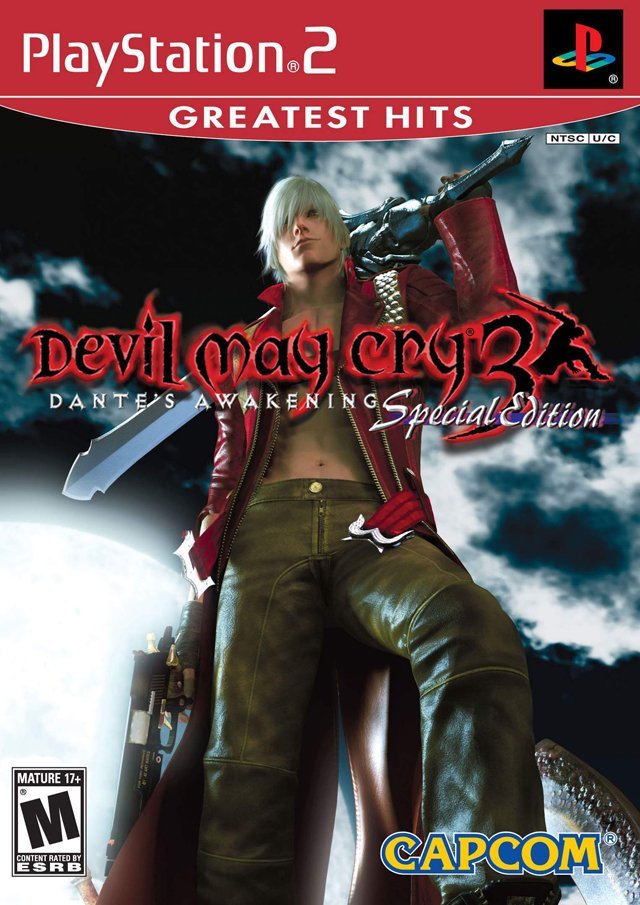
This game port didn’t work well with current controllers and had strange default button settings. The game ran at a maximum of 30 frames per second, and trying to increase that speed could cause gameplay issues. Also, it didn’t support widescreen displays, meaning players either had a distorted image or black bars on the sides of the screen.
Players created solutions to correct screen stretching, make controller buttons easier to understand, and improve how smoothly the game ran. However, these fixes were complicated, requiring extra programs and settings that many found difficult to use. This highlighted the need for the game to natively support different screen sizes and input devices for a better experience on PCs.
Ninja Gaiden: Master Collection
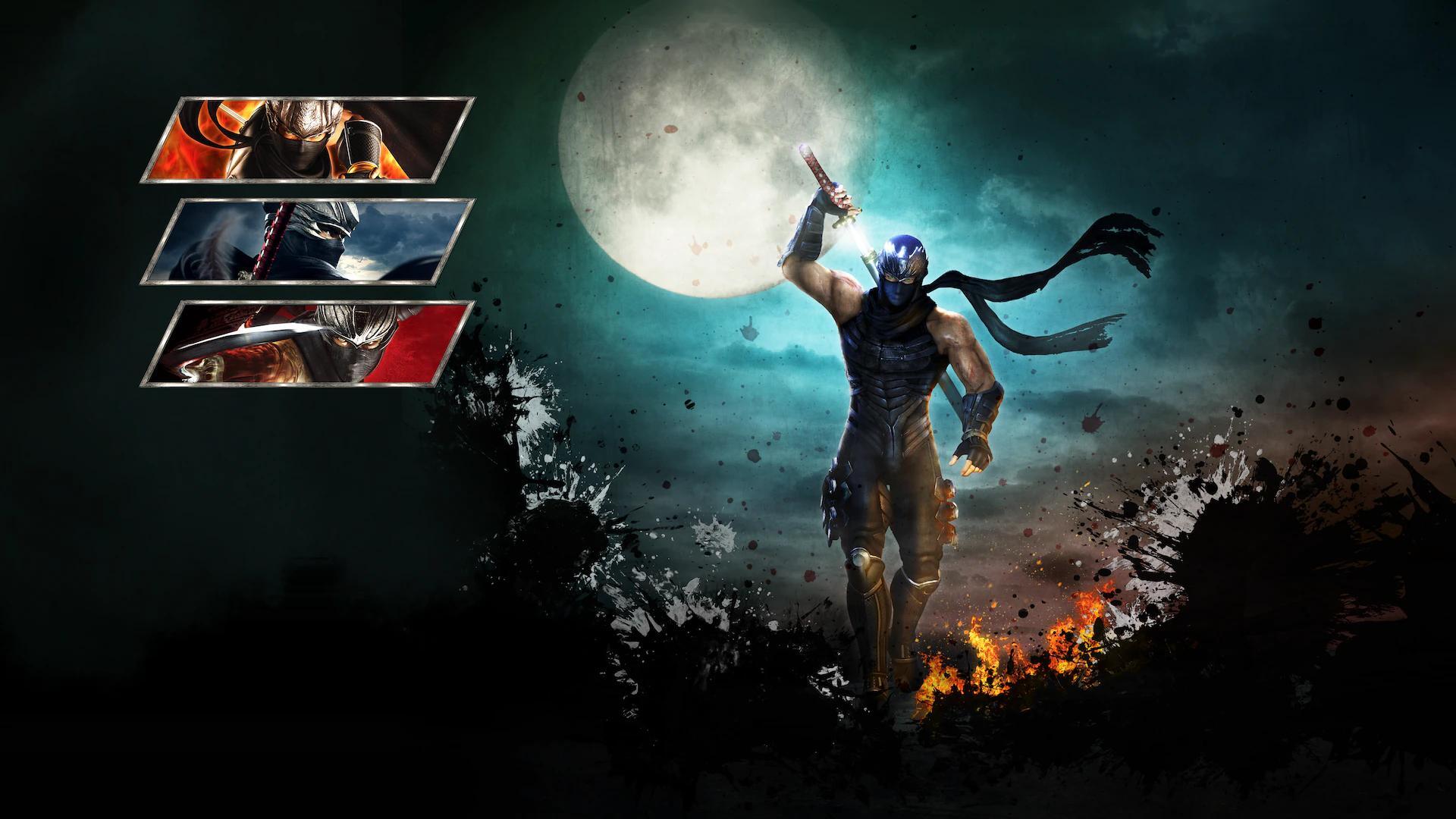
The PC version launched with limited graphics settings that weren’t what players expect from the platform. Options for resolution, display settings, and frame rates were restricted. Controlling the game with a keyboard and mouse didn’t feel fully integrated, especially considering the series is known for requiring accurate controls.
The recent updates refined some settings, but the port still lacked the detailed customization options players wanted. As a result, many had to use workarounds like command-line commands or third-party tools to get their preferred display settings. This release highlights the importance of providing consistent, up-to-date options, even when re-releasing older games.
Grand Theft Auto: The Trilogy – The Definitive Edition

As a player, the initial PC launch was really rough. The game was actually pulled from the official launcher for a bit because it was so unstable. Visually, things were buggy – I often couldn’t see properly during rain, and objects would just appear as I zoomed around the map. Plus, performance was all over the place depending on where I was and what settings I used, and honestly, there wasn’t much help figuring out what to adjust to get it running smoothly.
Recent updates fixed several visual problems and got the in-game store working again, though some players who tried the game early experienced crashes and lost files. The games also had inconsistent textures and models, which looked particularly noticeable on bigger screens. This release showed that updating older games for PC requires a focus on both how well they run and how good they look.
Share your picks for disastrous ports and the fixes that saved them in the comments.
Read More
- Silver Rate Forecast
- Gold Rate Forecast
- Красный Октябрь акции прогноз. Цена KROT
- MSCI’s Digital Asset Dilemma: A Tech Wrench in the Works!
- Dogecoin’s Big Yawn: Musk’s X Money Launch Leaves Market Unimpressed 🐕💸
- Bitcoin’s Ballet: Will the Bull Pirouette or Stumble? 💃🐂
- Guardian Wealth Doubles Down on LKQ Stock With $1.8 Million Purchase
- Binance and Botim Money Join Forces: Crypto in the UAE Gets a Boost-Or Does It? 🚀
- Twenty One Capital’s NYSE debut sees 20% fall – What scared investors?
- Monster Hunter Stories 3: Twisted Reflection gets a new Habitat Restoration Trailer
2025-10-14 18:48